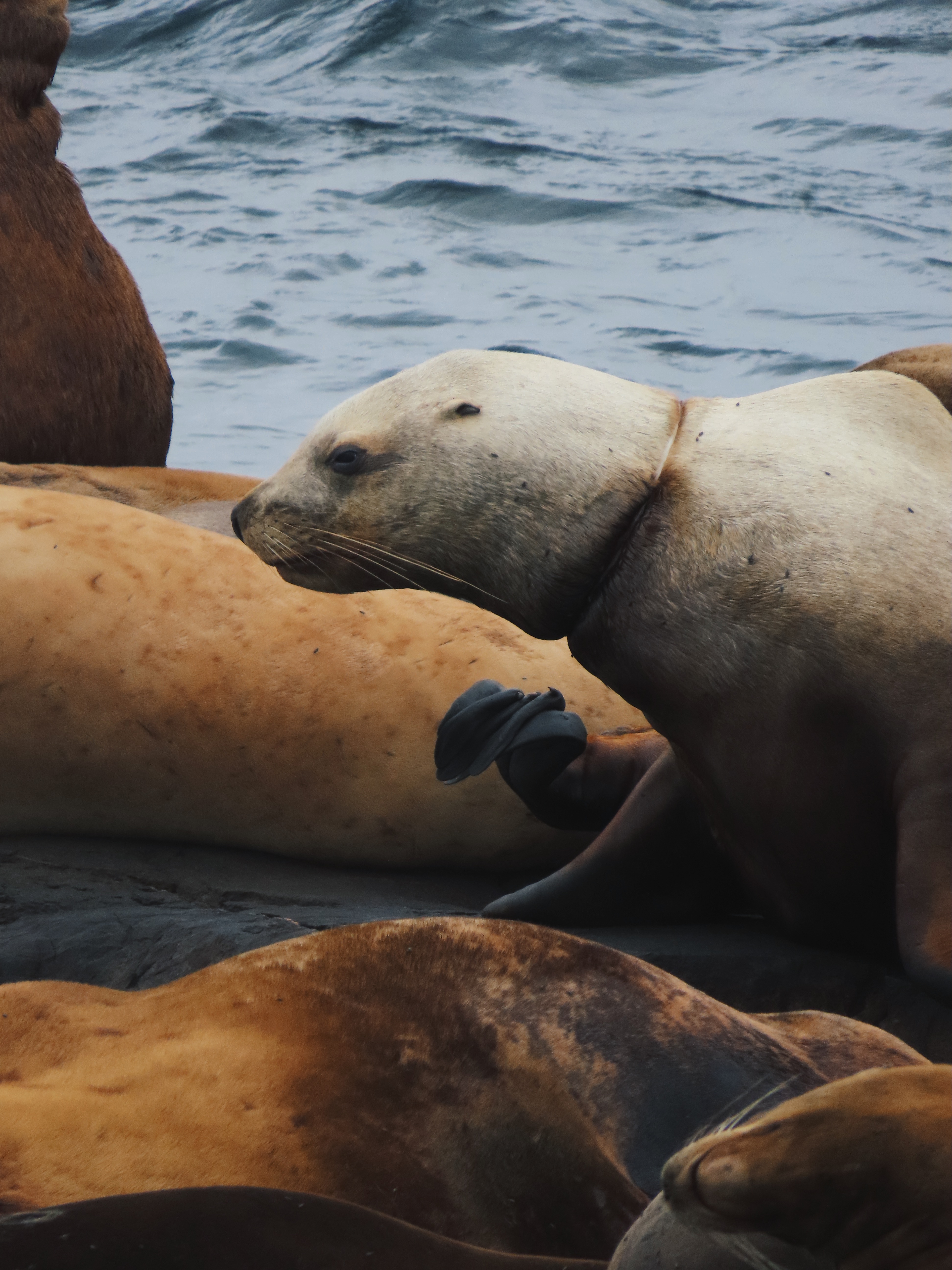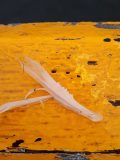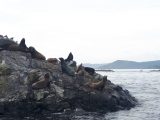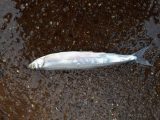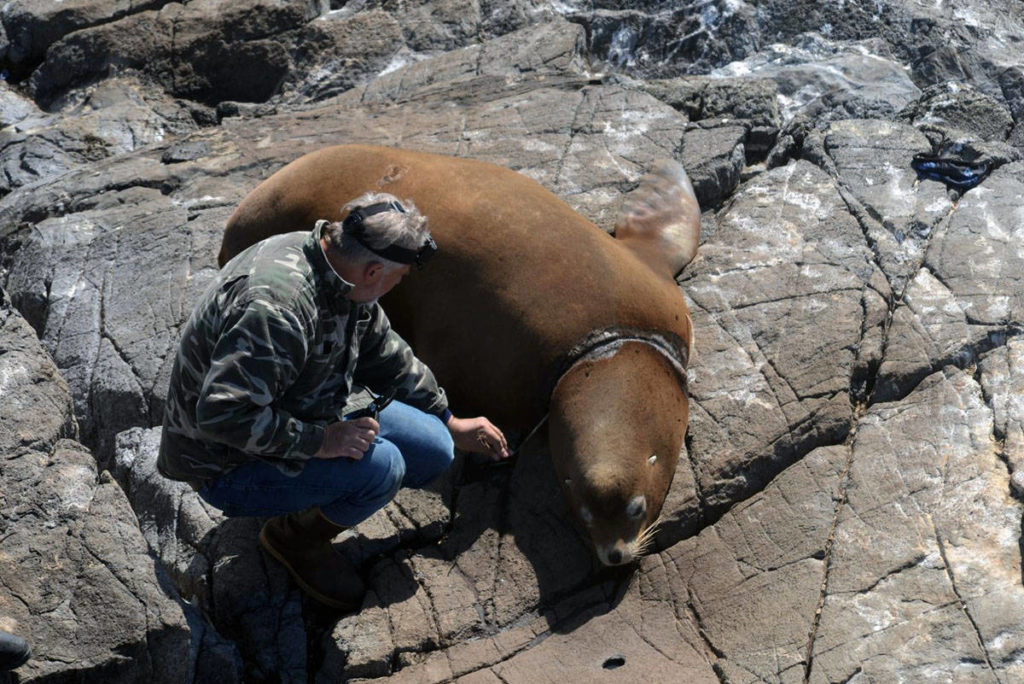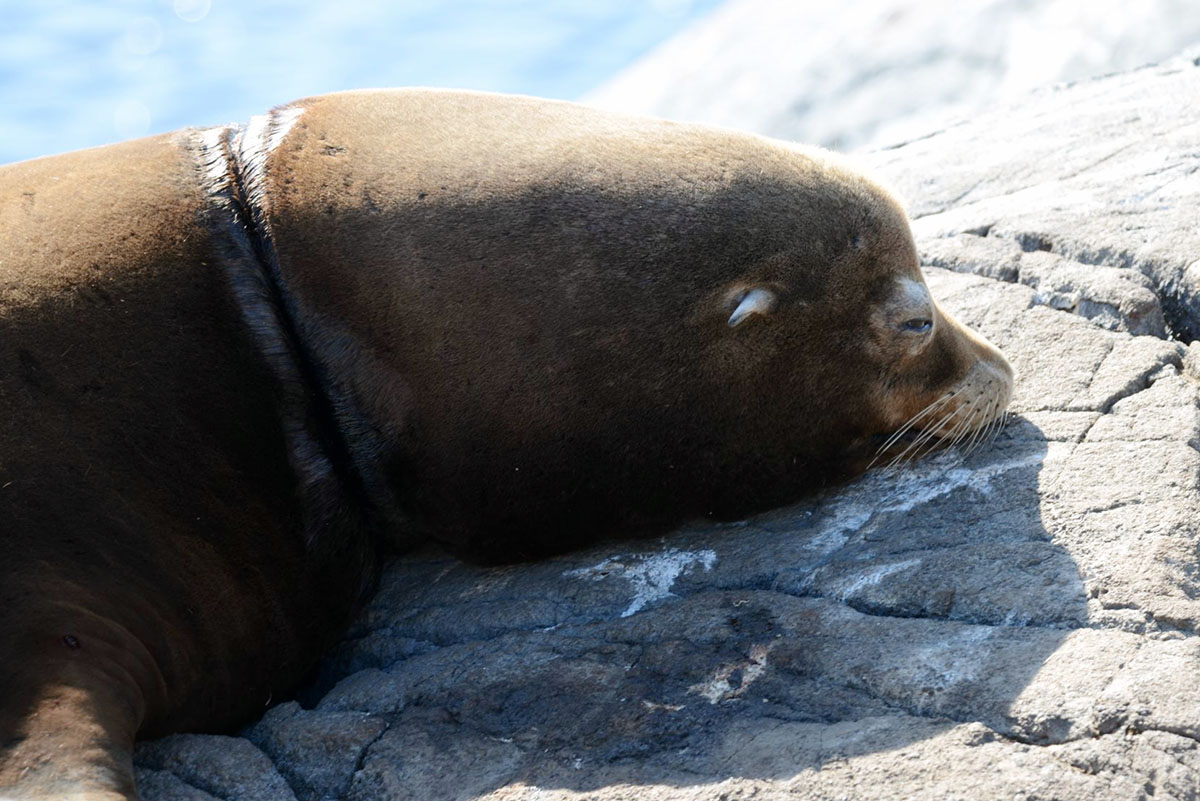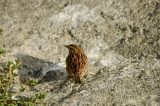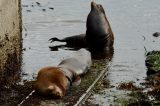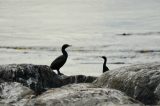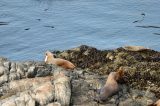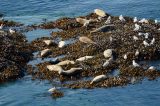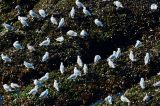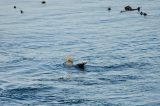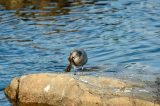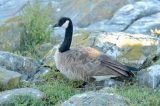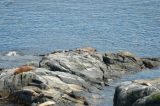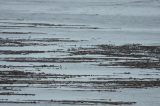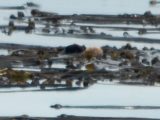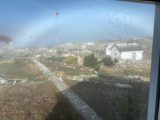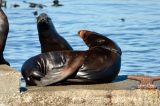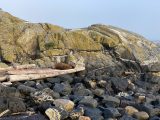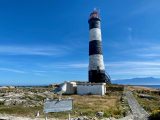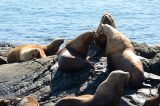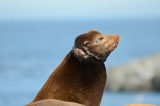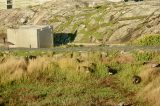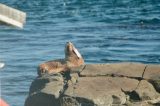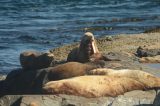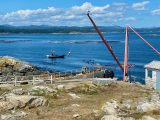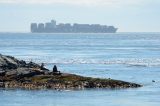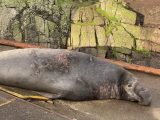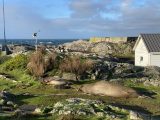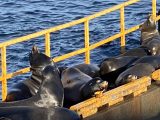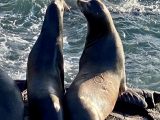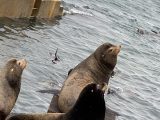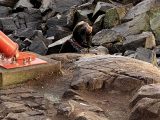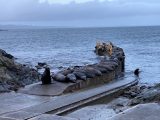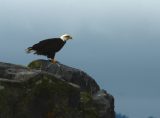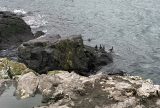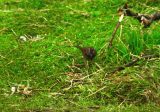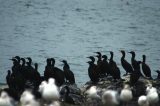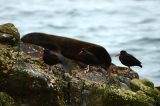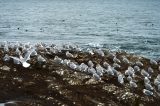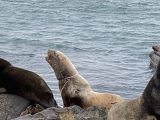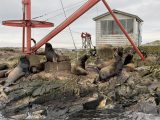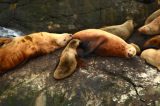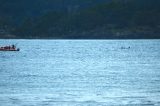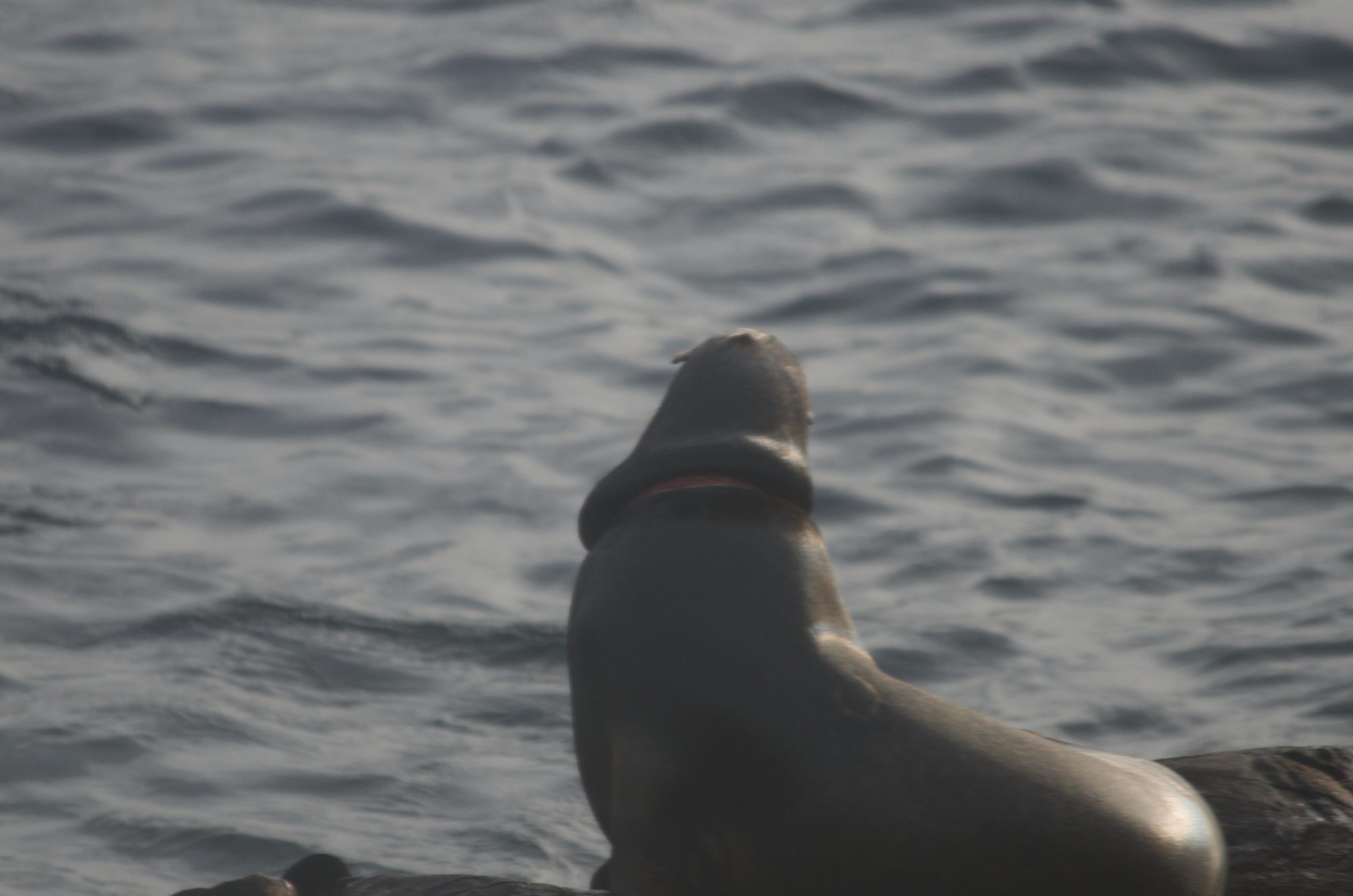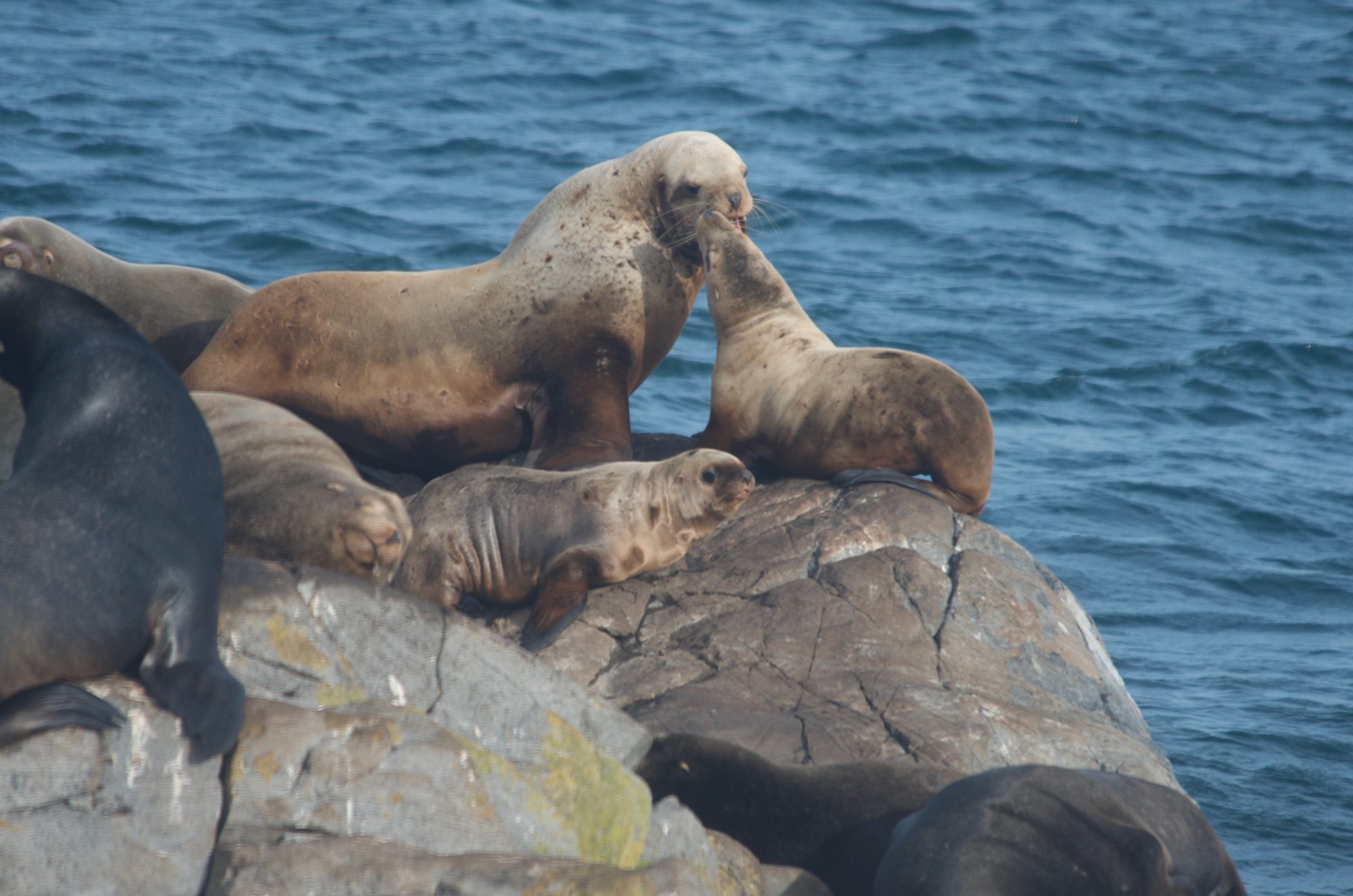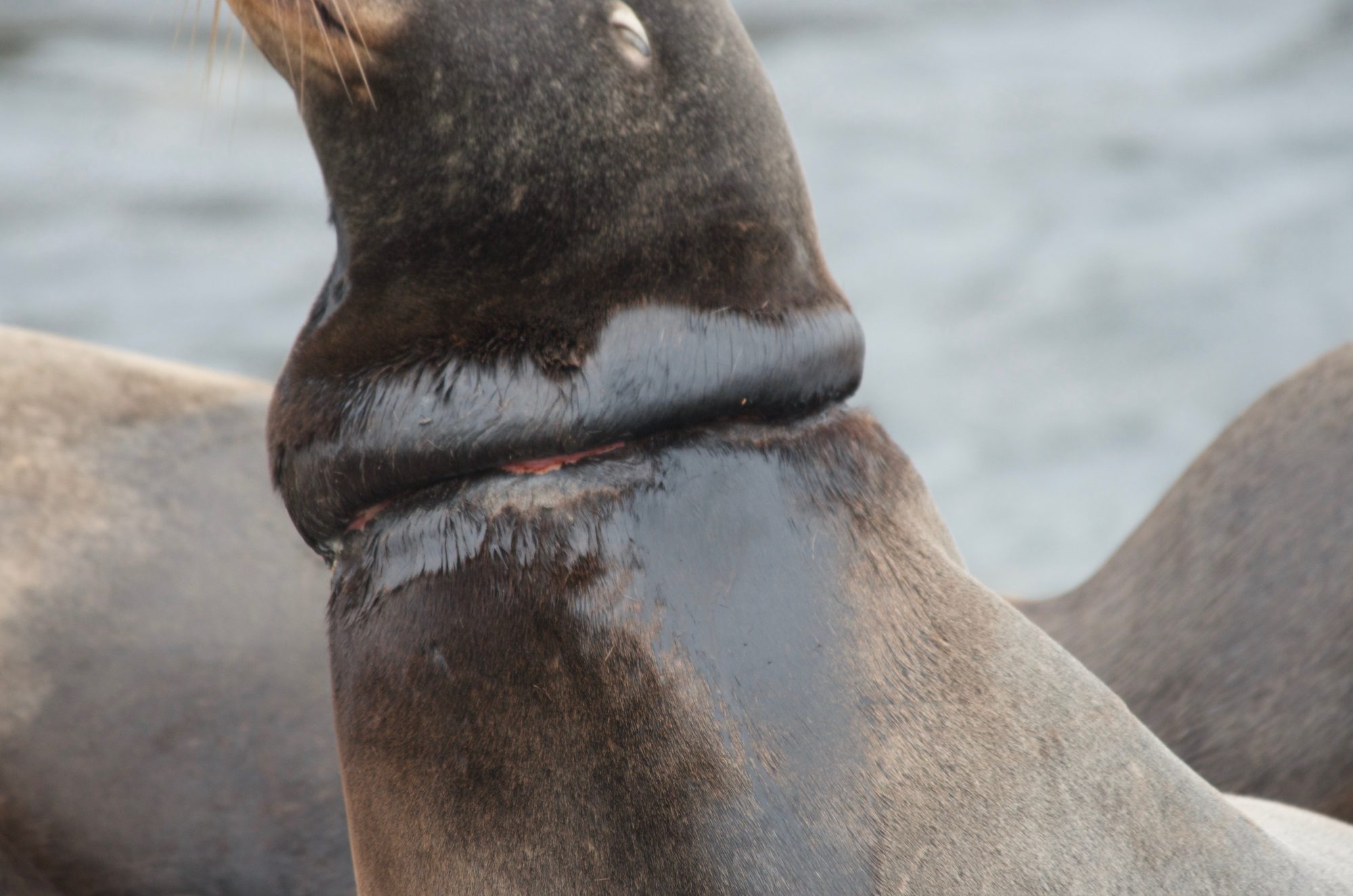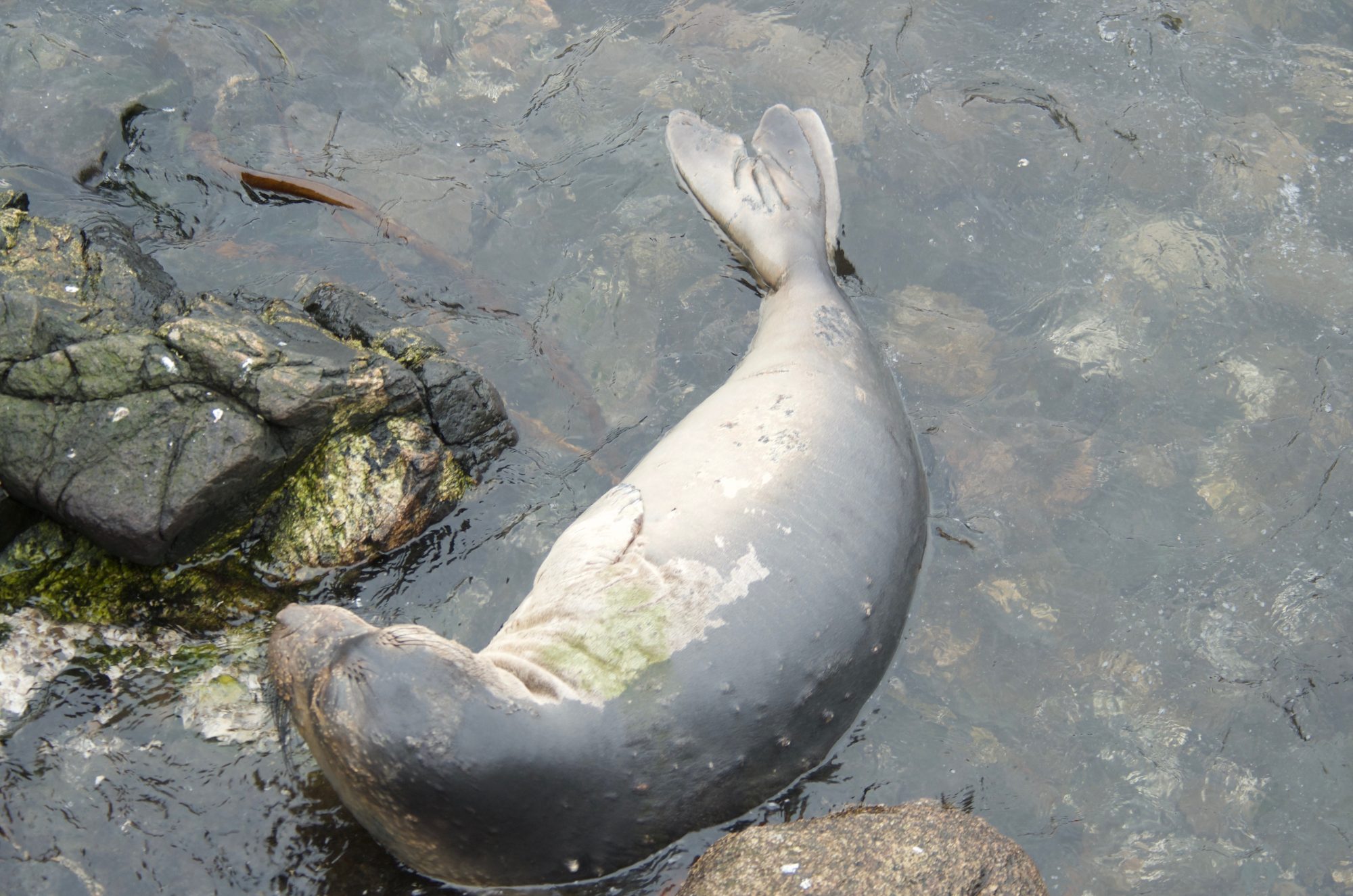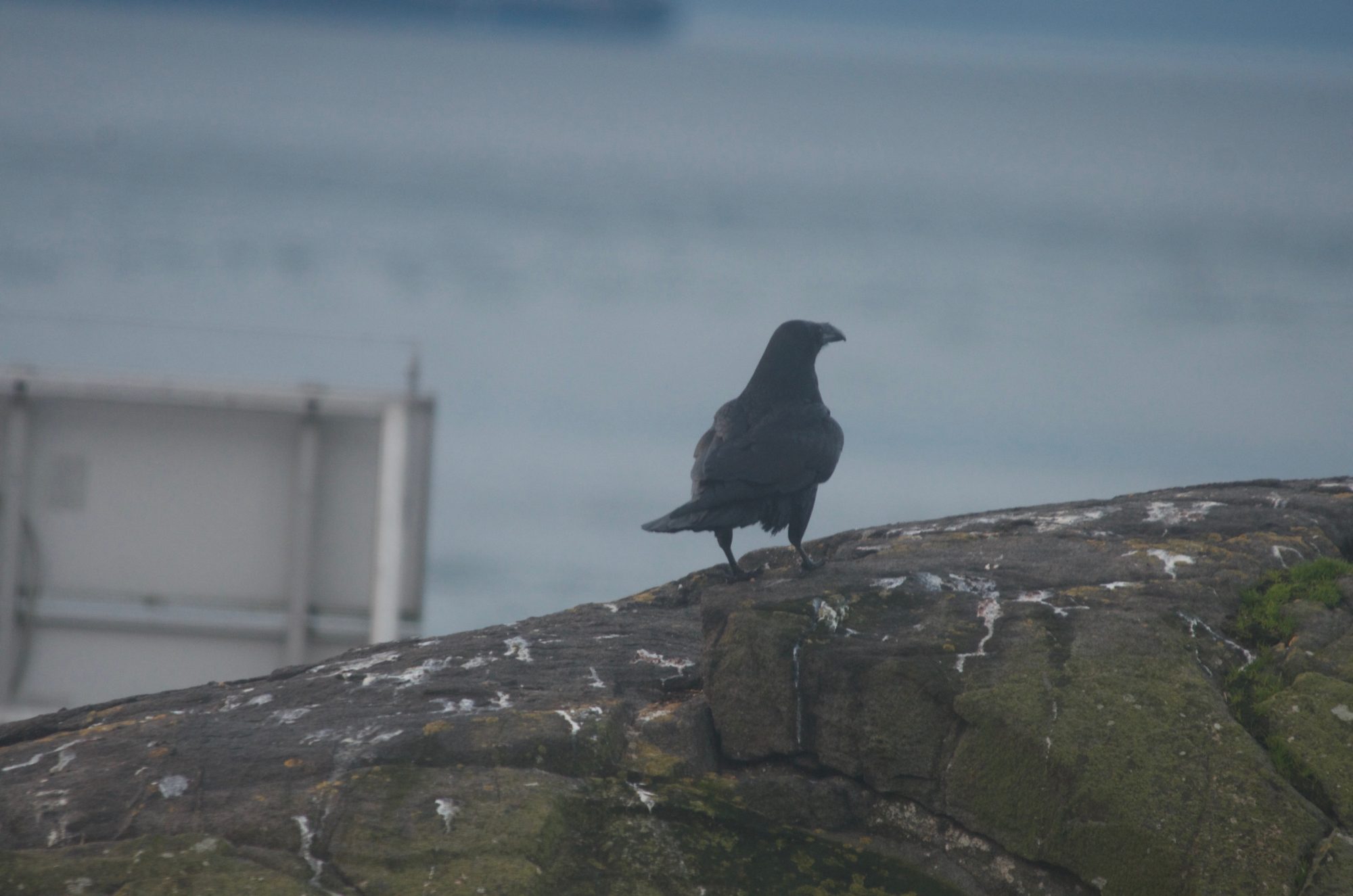Over the week I’ve been here I’ve seen the same entangled Steller every day, usually on the same side of the island. Since he had been sighted so regularly we made a plan with Fisheries and Oceans Canada (DFO) and the Vancouver Aquarium Marine Mammal Rescue Society (VAMMR) to make the trip from the mainland to disentangle him.
The head veterinarian at VAMMR is the only person here in BC that is trained and capable of darting a sea lion with a sedative in order to remove whatever it is entangled in.
There are so many factors that go into planning and executing these response efforts.
- First: the animal has to be seen consistently over a few days in the same spot. Sea lions are mobile and keeping track of them isn’t always easy. There is nothing worse than showing up to help an animal only to find out it is no longer there.
- Second: the VAMMR and DFO teams both have to be available with adequate vessels. Disentanglements can require teams to lean over the side of a boat to access the animal so rhibs are preferred and often necessary.
- Third: the weather and tide have to be rather ideal conditions. If a sedated animal is in the water you can’t risk a fast moving tide or swell – that’s not safe for anyone. Wind and rain are not only factors that can make it difficult to dart the target animal but they also make it near impossible to fly a drone – an essential tool in these rescues.
Basically, all of these factors need to line up on the same day in order for a response to be planned. That day was today! Both teams available, no wind, good tides, animal seen all week…well until Sunday.
I did not see the sea lion Sunday or Monday despite my best efforts and requests for vessels in the area to keep an eye out. The animal being in the area is of course the most important aspect and without him there is no disentanglement to be done. The response was called off last night, teams standing down until he was re-sighted – a very reasonable decision.
HOWEVER…Guess who was perched on the rock next to the jetty this morning when I did my morning walk around? Yep, you guessed it, our big ol’ Steller with a packing strap tightly wrapped around his neck, and I’m not at all surprised. This is a frequent and very frustrating occurrence in the marine mammal field and had the team come out today I’m sure we wouldn’t have been able to find him. That’s just how it works sometimes.
What now?
From here, we continue monitoring and planning. We all know we want to help him, so as the Ecoguardian I will continue to let both teams know each day that I see him. We will all work together to find another day where we can tick all the factor boxes and get out here to successfully remove the entanglement. It’ll happen!
For now – here is a video of a recent disentanglement done by VAMMR and DFO so you have a bit of an idea what goes into it.
Other things from today:
Facility Work:
- Oil and fuel filter change on the generator
- Fuel transfer and filled generator with diesel
- Chopped wood
- Repaired electric fence
- Topped up battery electrolytes
Vessels:
- Ecotourism: 7
- Private: 1
Weather:
- Sky: Cloudy, intermittent rain
- Wind: Low of 1 knot, high of 11 knots
- Sea: Calm, ripple in the afternoon
- Temperature: Low 8•C, High 17•C
** All wildlife photos taken at the furthest distance possible, and may be cropped to improve detail! **
